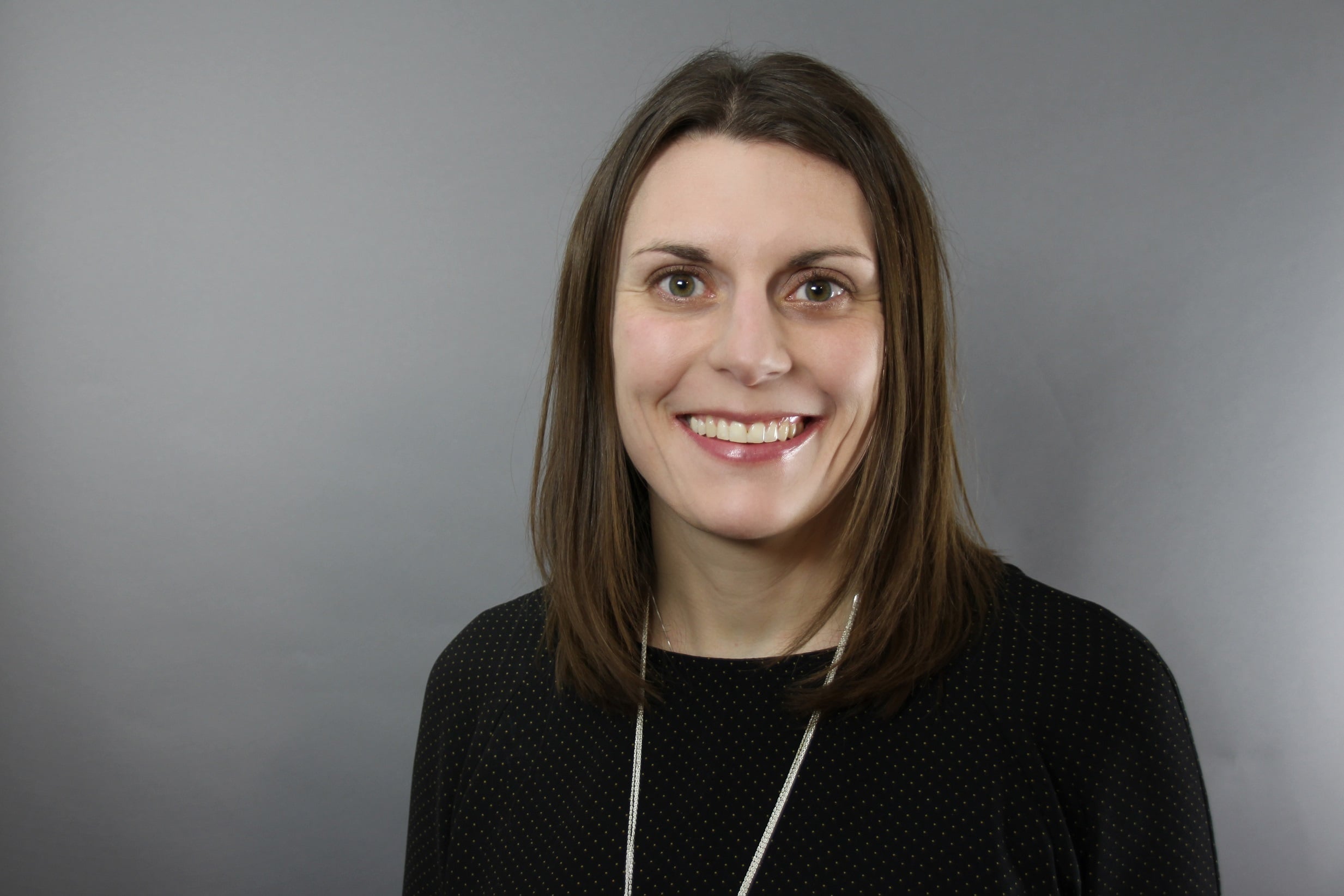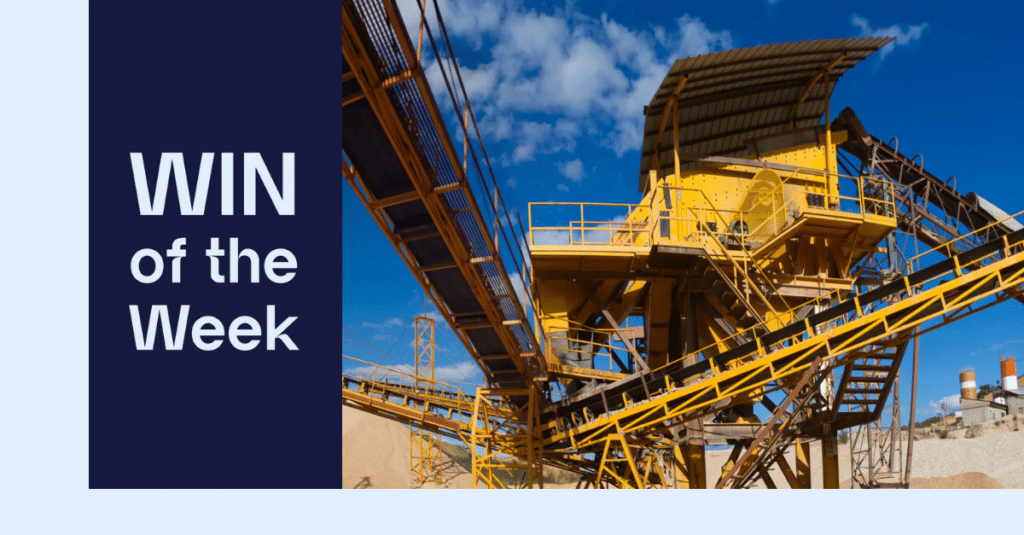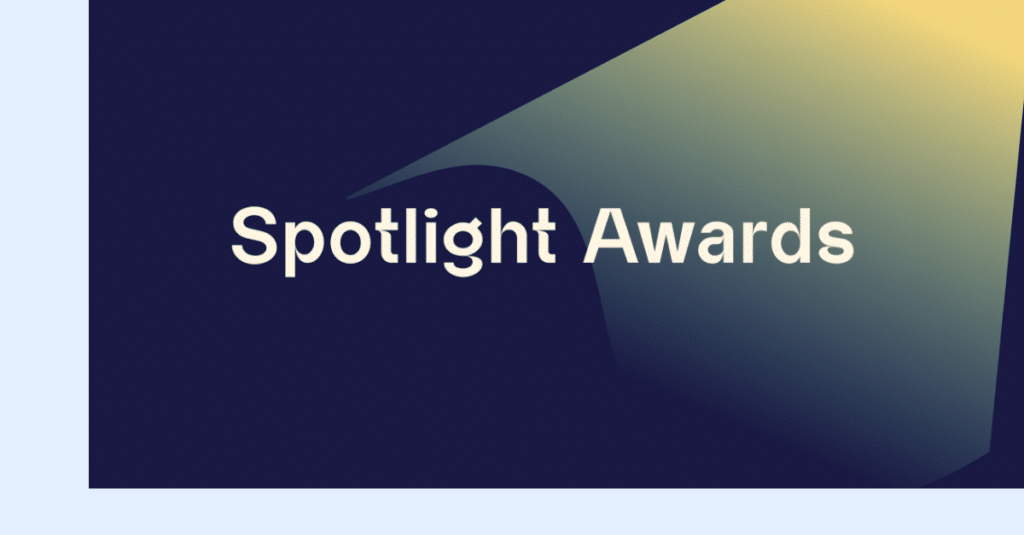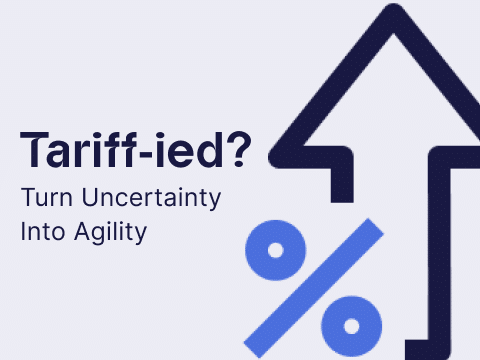
Why did they succeed where so many others have failed? In this series, we profile manufacturing leaders who rapidly scaled digital innovations across their organization. While united by a people-first mentality, they each come backed by their own personal experiences and style. For this edition, we talk to Scott Reed, a retired Senior VP of Quality & Operations at GAF, one of the largest building supply manufacturers in the USA. “Innovation is really about teaching. And if it’s taught, it can be perpetuated and function as a force multiplier.”
A Continual Faith In Continuous Improvement
“I was a problem solver. But I never did it alone. It always involved others. And I miss that,” says industry veteran and advisor Scott Reed looking back at over 30 years as a changemaker executive in the building materials sector. “You could also describe my job as taking the best of what people do and making it better. And I can also tell you this: once you’ve done this successfully once, people will be clamoring for the next improvement.”
Basically, Scott was always following that established path of continuous improvement – focusing on quality control and breaking down problems into fixable chunks. Or as he formulates it, “Manufacturing has always been about having clear objectives”.
However, in recent years, the tools have gotten much – much – more powerful. And also in this digital space, Scott was very much an early adopter.
It’s About the Workforce
(Forget Superstar Managers or Dictators on The Floor)
In terms of why it worked for him and not others, Scott is modest. “I’m a good example of being a product of my environment. I was very lucky. And I can look back on the roadmap of my life and see I did do things a little bit differently. For example, I started out in accounting and was out in the workforce for a few years before I decided I wanted to be an engineer. And different experiences bring different perspectives.”
Other Fast Track Mavericks On How To Scale Innovation:
Alvaro Cuba Simons: ‘Be Open. Be Curious. Bring The Best Of Yourself To The Team’
Terry LeDoux: ‘Nobody said you can’t move fast’
Dave Penrith: ‘If People Feel Safe, They Fly’
“After I got my engineering degree, I was very fortunate to go work for the ELK Corporation, which GAF bought in 2007. ELK’s founder had strong ideas early on about how it’s all about the workforce – and not about the superstar managers or the dictators on the floor. It was about leveraging. And I was given a lot of freedom to take some of these quality control tools and programs and see what worked in the culture of Texas where I was, versus Tuscaloosa, Alabama where we had another factory. And the general manager there was able to do the same thing. Collectively, we took what worked. And that’s what made us valuable enough for GAF to say: ‘Look, we don’t only want to buy you, but we’re handing you the keys to our 27 manufacturing plants so you can make them all as efficient as ELK plants.”
“So that in itself was a scaling exercise. And it involved not just me but many others. And we learned a lot of things about people and culture and about how you engage in one part of the country might be a little different than another part of the country. Their needs are different, or their levels of satisfaction are different,” says Scott.
It was about showing people that such an opportunity can not only benefit what we do as a company, but also help you work smarter and not harder as a human.
Good for Business, Good for the Workforce
“For me, the goal was to offer the ‘big picture’, where everyone can go, ‘Wow, this program or methodology is really transformational’ – that it not only brought benefits to the company, it really enabled the workforce to grasp it, take it, and run with it.”
But first came a lot of heavy lifting. “It took time to really take the OEE concept and prioritize and break it down. And then show the young engineers, the production management and the supply chain people that our KPIs are not just measurements. They’re also there to help guide us and understand where we may be falling short, and where we might want to take our microscope and really start exploring where the opportunities are.”
“So I think for my journey, it was about showing people that such an opportunity can not only benefit what we do as a company, but also help you work smarter and not harder as a human – that it can relieve a lot of the physical burden. That it makes life easier right down the line.”
Change That Lasts – And Percolates Throughout The Organization
Of course, these changes also had to be lasting and infiltrate all the levels of the company. “It couldn’t be something that just happens and then a week later, it’s lost. You need to sustain that level of performance.”
Now with these new digital insights, we can go to a whole new level.
“If it lasts, you can also hear the language being spoken changing. You can literally hear the adoption of the methodology from the floor, throughout the management ranks and during the weekly planning meetings. Supply chain would start using the same words. Everyone starts talking about the level of performance, and how we’re getting closer to our goals, or how material orders are becoming more predictable. And then you can truly recognize a significant step change has happened in how people are working. You know you’ve done something and really changed the organization.”
But then the challenge became moving on to the next step-change. “It can be scary: how are you going to get even further now? And that’s what digital transformation brought with it. Initially thanks to the early adoption of certain quality management tools, we were able to make these step changes. Now with these new digital insights, we can go to a whole new level.”
Snowballing Innovation
In other words, digital technologies are able to tell you more about what’s actually happening on the floor. And the more you know, the more you can activate and inspire your workforce to deal with the problems as they arise. And the earlier you see the problems, the easier it is to organize a viable solution.
Digital tools and their insights bring more clarity to what’s happening. And this is a big reason why this increased clarity becomes a force multiplier for all the programs that you already have in place.
“It all starts with the true insights provided by Machine Health with condition-based monitoring, and Process Health with event-based detection. These help you to begin to understand the events and the conditions in which things happen. And with that, you can really leverage value and the capability of the workforce to respond and react,” says Scott.
“Digital tools and their insights bring more clarity to what’s happening. And this is a big reason why this increased clarity becomes a force multiplier for all the programs that you already have in place – they can actually work better, and work better together, with those insights.”
And as everyone starts looking at it from the same life perspective, it becomes a choir and solidifies in itself. And it’s at this point where you will be able to scale quickly.
Snowballing Across the Organization
And once again, as people on the floor and their engagement perspectives start to become more in line, this spreads to become company-wide perspectives, according to Scott. “It’s not just on the shop floor or with the maintenance and production people. It’s also the people from procurement, finance, accounting… There’s this kind of coming together as a business.”
“And as everyone starts looking at it from the same life perspective, it becomes a choir and solidifies in itself. And it’s at this point where you will be able to scale quickly. If the workforce understands it, they’re going to be pushing to scale quickly because they want to see the benefit.”
“I believe leadership is really about teaching. Because if you can teach people what it is that helps them succeed – and bring success to the business – then it can be perpetuated. The knowledge will not only perpetuate that next force multiplier that comes in, we’ll be able to build on those successes.”
So yes, your work does carry over in your family life, and life in general.
Team Spirit
As a teacher and problem-solver, Scott does admit to feeling restless at times now that he’s retired. “If you ask my family, they’ll tell you that with everything that comes up, I’m willing to solve a problem. So yes, your work does carry over in your family life, and life in general.”
“I was never in the military, nor would I ever compare any of my struggles with their struggles, but there are similarities in terms of people being fully engaged in what they do in a very regimented way, day in and day out. And now that I’ve been unplugged, there is a feeling of loss and not knowing how to replace that.”
“What I really miss is the fast engagement with the people, helping them solve problems, and seeing the satisfaction when things work – those smiles and high-fives. Those moments when you are going beyond the firefighting and really solving something.”
Learn about ‘Augury’s Fast Track Methodology For Full Enterprise Roll-Out’




